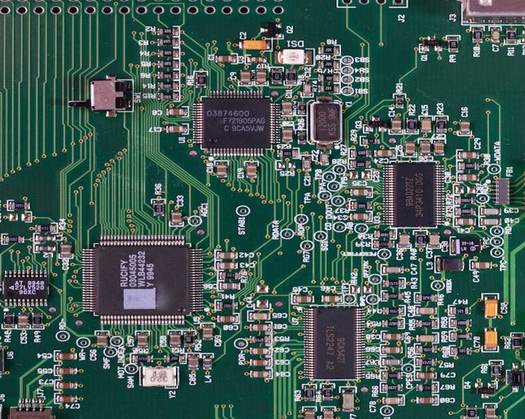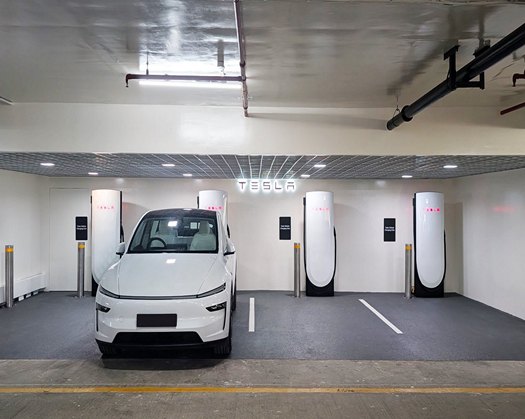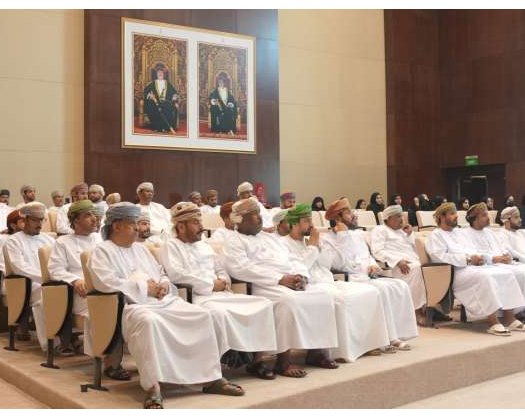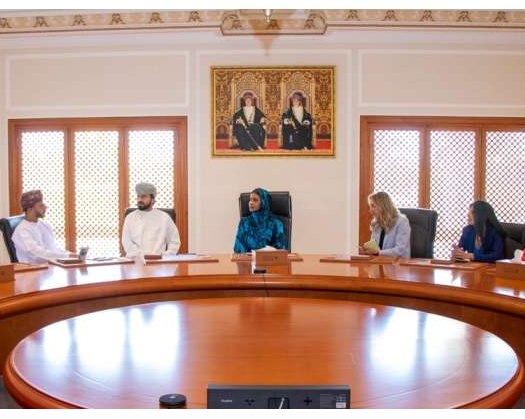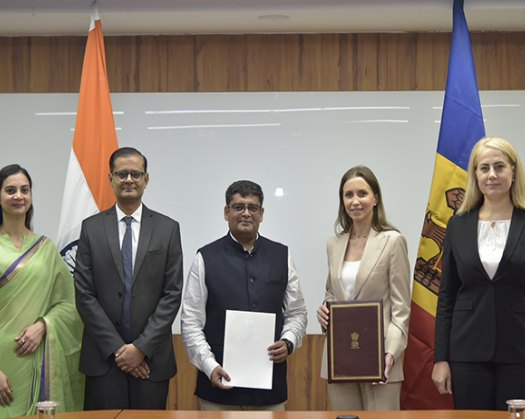New Delhi: To address the unique requirements of the semiconductor and electronics component manufacturing sectors, the federal government has implemented innovative revisions to the Special Economic Zones (SEZ) regulations.
Because production in these industries is extremely capital-intensive, import-dependent, and has extended gestation periods before becoming profitable, regulatory reforms have been implemented to encourage pioneering investments and increase manufacturing in these high-technology sectors.
Following amendments to Rule 5 of the SEZ Rules, 2006, an SEZ established solely for the production of semiconductors or electronic components will require a minimum contiguous land area of just 10 hectares, down from the previous requirement of 50 hectares.
Furthermore, an amendment to Section 7 of the SEZ Rules, 2006, enables the SEZ Board of Approval to waive the requirement that SEZ property be encumbrance-free in cases where it is mortgaged or rented to the Central or State Government or their authorized agencies.
The modified Rule 53 will allow the value of goods received and provided on a free-of-cost basis to be included in Net Foreign Exchange (NFE) computations and evaluated using current customs valuation standards.
Furthermore, modifications have been made to Rule 18 of the SEZ Regulations to allow SEZ units in the semiconductor and electronics component manufacturing sectors to deliver domestically into the Domestic Tariff area after paying the required taxes.
The modifications will enhance high-tech production in the nation, expand the semiconductor industry ecosystem, and generate high-skilled jobs.
These revisions were announced by the Department of Commerce on June 3, 2025.
The Board of Approval for SEZs has authorized applications from Micron Semiconductor Technology India Pvt Ltd (MSTI) and Hubballi Durable Goods Cluster Private Ltd (Aequs Group) for the establishment of SEZs for the production of semiconductors and electronic components, respectively.
Micron would build its SEZ facility in Sanand, Gujarat, covering 37. 64 hectares and investing around Rs 13,000 crores. Meanwhile, Aequs would establish its SEZ in Dharwad, Karnataka, to manufacture electronics components across 11. 55 hectares with an estimated investment of Rs 100 crore.
The semiconductor industry in India is still in its early stages, with a number of local and multinational firms planning to take advantage of its enormous potential. Chip shortages during Covid highlighted the significance of indigenous manufacture to address the deficit, safeguard national security, and stimulate indigenous innovation.
In Gujarat and Assam, five semiconductors are under construction.
In May 2025, the Union Cabinet approved a semiconductor manufacturing plant in Jewar, Uttar Pradesh, India's sixth. It will be a joint venture between HCL and Foxconn, built near the Jewar airport. Production will begin in 2027.
According to Union Minister Ashwini Vaishnaw, work on the remaining five facilities is now ongoing, with one scheduled to be opened later this year.

